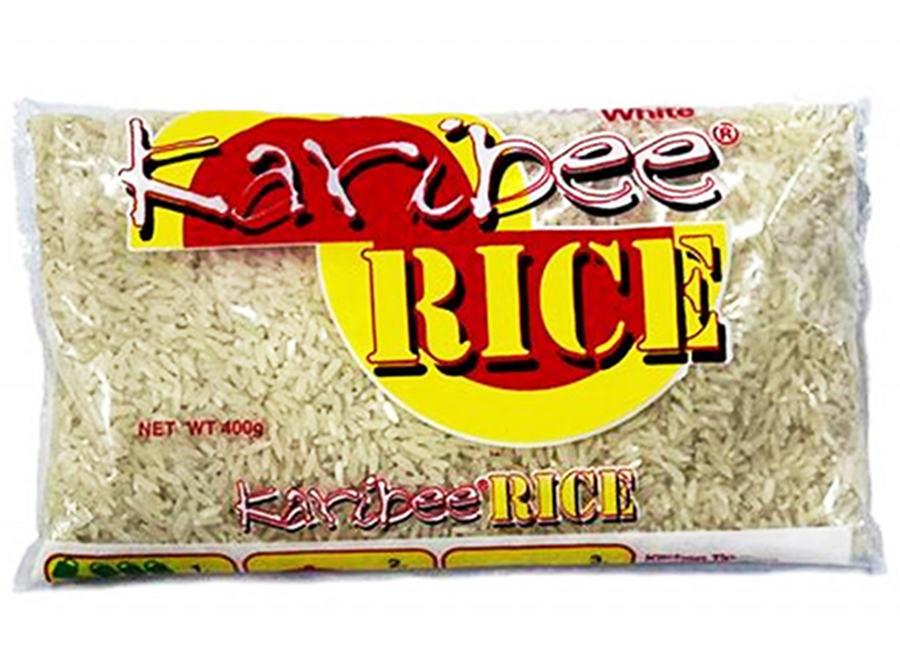Rice feeds more than half the world – but we are about to enter a major shortage of this staple, putting food security and livelihoods at risk as prices rise. Yields are falling and crops failing as a result of floods, droughts and severe weather caused by the climate crisis. Rice is also a major contributor to greenhouse gas emissions, so more sustainable production and cultivation methods are a priority. Each day, more than half of the world sits down to a meal of rice. As a staple food for so many, the amount of rice we produce and consume each year is mind-boggling. Globally, over 165 million hectares – or an area the size of Iran – is given over to rice cultivation. But we are about to enter a major rice shortage, and we’re already seeing prices significantly up in anticipation of demand.
With so many people dependent on the grain, this creates serious food security issues for some of the world’s poorest households. Demand for rice has been steadily climbing as populations expand – between now and 2031, demand is expected to grow 1.1% a year. China and India are the world’s primary producers, although many other countries also grow and export it. It takes 3,000 to 5,000 litres of water to produce 1kg of rice. This makes it particularly prone to increasing and more severe droughts that are occurring because of the climate crisis. Rising temperatures, floods, as well as severe, unpredictable weather as a result of climate change, are also causing harvests to fail.


